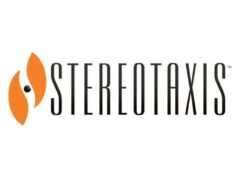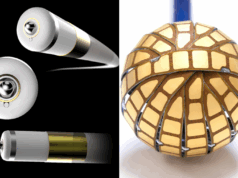
Feedback to support the adoption of leadless pacing technology in the USA has been provided by a USA Food and Drug Administration (FDA) Circulatory System Devices Panel of the Medical Advisory Committee.
The panel provided insight around patient selection and post approval study methodology. The feedback followed a panel discussion on leadless pacing technology that included a broad overview of the clinical experience with the St. Jude Medical Nanostim leadless pacemaker.
According to a company release, the FDA panel recommendations were consistent with many of St Jude Medical’s proposed recommendations related to the post approval study design and training for physicians seeking to offer their Nanostim leadless pacemaker to their patients.
“The Nanostim leadless pacemaker was designed to address a number of issues associated with conventional pacemakers and traditional pacemaker leads,” says Mark Carlson, vice president of global clinical affairs and chief medical officer at St Jude Medical, who presented to the FDA panel on behalf of the company. “Leadless pacing technology is a critical advancement for patients in need of a single-chamber ventricular pacemaker, and we are optimistic that today’s discussion is an important step toward offering patients leadless pacing technology in the United States.”
“We’re highly appreciative of the FDA’s proactive effort to gain more insight and understanding around leadless pacing technology,” says Carlson.
Recent data from the LEADLESS II investigational device exemption study published in The New England Journal of Medicine confirmed potential benefits of the Nanostim leadless pacemaker. The LEADLESS II study highlighted the retrievability of the pacemaker, which should allow the device to be repositioned throughout the implant procedure and retrieved even after more than a year implanted in patients when necessary.
The Nanostim leadless pacemaker is 10% of the size of a conventional pacemaker, and is designed to reduce or eliminate complications associated with leads, chest incisions and surgical pockets. The device received CE mark approval in October 2013. To date, more than 1,000 Nanostim pacemakers have been implanted worldwide. The Nanostim leadless pacemaker is not approved in the USA and, is limited by federal law to investigational use.









